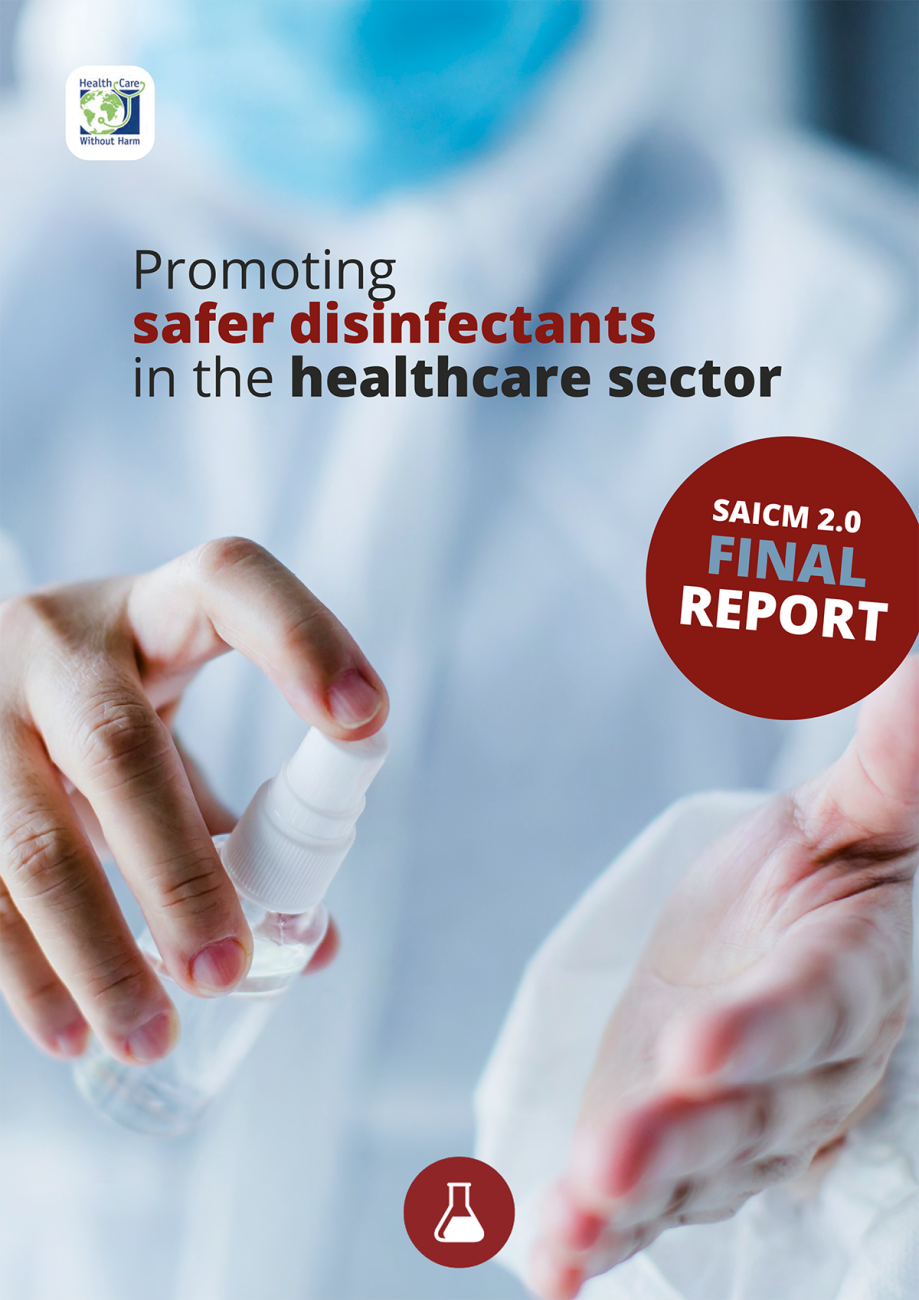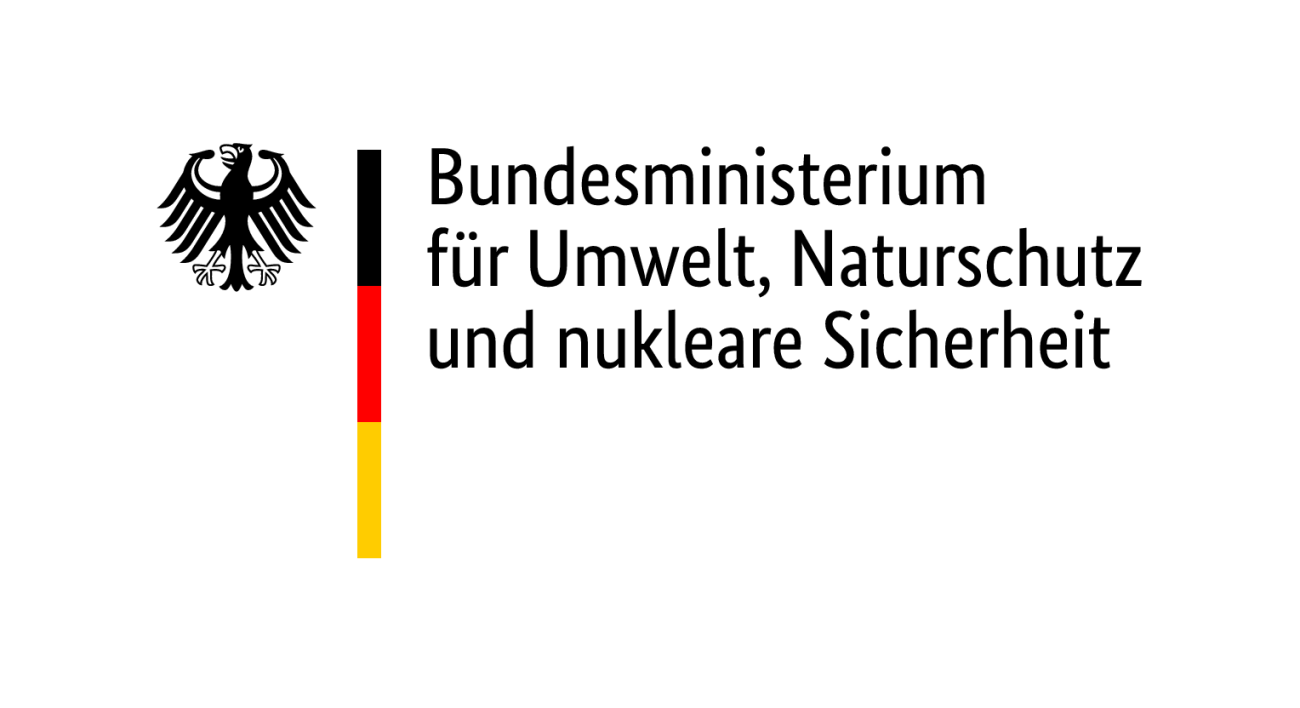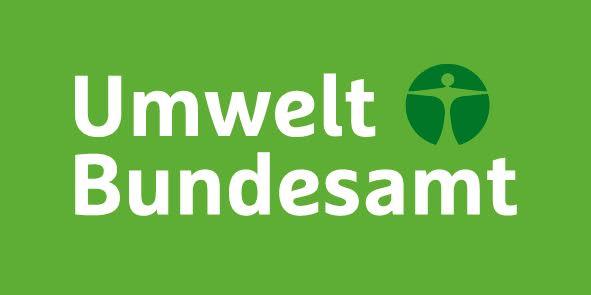Image


Today HCWH Europe has released a new report Promoting safer disinfectants in the healthcare sector presenting the final results of HCWH Europe’s SAICM 2.0 project, a two-year pilot project that aims to reduce the unintended hazards of disinfectants used in healthcare, without compromising on hygienic and occupational health standards. This project builds on the successful experience of the WIDES database that was developed by the Vienna City Administration to directly address the difficulties in choosing appropriate disinfectants, whilst considering wider health and environmental impacts.
Disinfectants in healthcare
Disinfectants are widely used in healthcare settings - they are essential to prevent cross contamination, outbreak of diseases, and hospital-acquired infections. Yet, the biocidal active substances that are so effective at disinfecting products, surfaces, and skin also pose a variety of potential hazards to human health and the environment.
This report marks the conclusion of the SAICM 2.0 project, a pilot project which aims to raise awareness of and combat these unintended hazards by promoting safer, more environmentally friendly disinfectants without compromising on hygienic or occupational health standards. By expanding procurement options, diversity in the supply chain, and health professionals’ knowledge of the health and environmental impacts of disinfectants, they can better align the procurement criteria with healthcare’s healing mission and reduce the risks to human and environmental health associated with disinfection.
Survey | The procurement and use of disinfectants
Over 80 healthcare providers from 19 countries around the world responded to our survey that covered awareness on disinfectant use and potential hazards, the policies and measures adopted to minimise such hazards, and whether these are reflected in the organisations’ procurement practices.
Hazard analysis and product benchmarking | Chemical substitution case studies
The hazard analysis investigated the environmental and health hazards of 172 disinfectants used by the project participants.
Selected hospitals received tailored support for identifying safer disinfectants and their journey is described in the report, in six case studies from Brazil, Colombia, Germany, Iceland, South Africa, and the United States.
Suggestions for product selection and recommendations
This final report contains suggestions for choosing disinfectants products and explores systemic alternatives to reduce exposure to harmful chemicals.
The recommendations reflect many of the challenges and areas for improvement identified during the project, beginning with assisting hospitals to identify safer product alternatives with equivalent efficacy. The recommendations also highlight current policy gaps and areas of improvement for the procurement and supply of more environmentally-friendly disinfectants.
HCWH Europe gratefully acknowledges the financial support of the European Commission (EC)’s LIFE programme, the Federal Ministry for the Environment, Nature Conservation, and Nuclear Safety (BMU) Germany, and the German Environment Agency (UBA).
HCWH Europe is solely responsible for the content of this project and related materials. The views expressed do not reflect the official views of the EC, BMU, or UBA.


